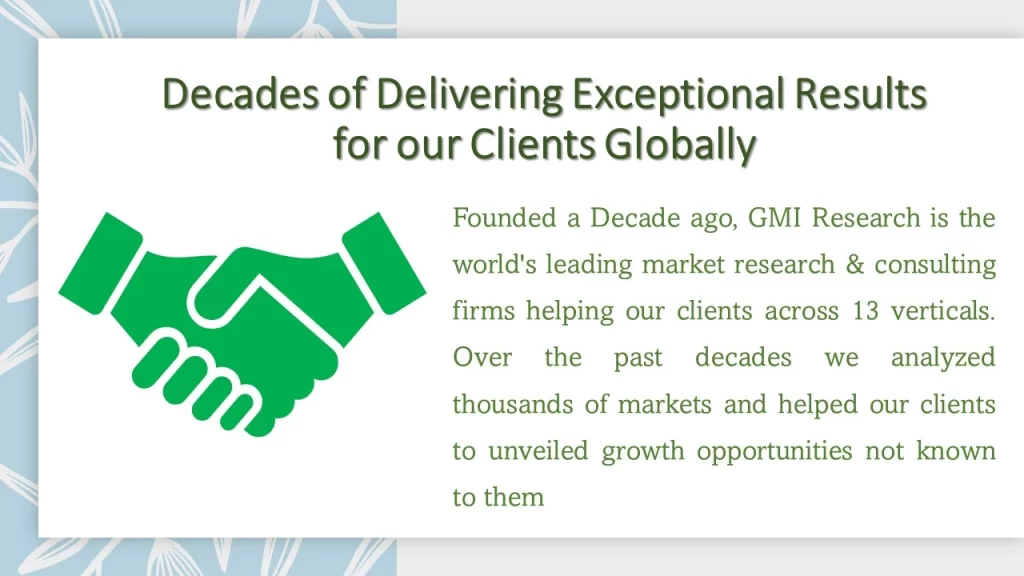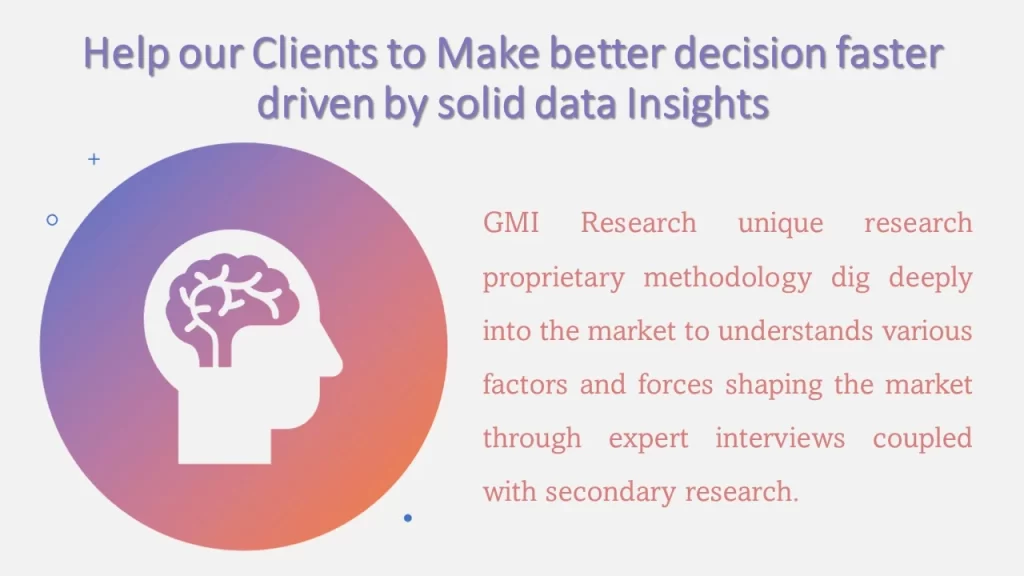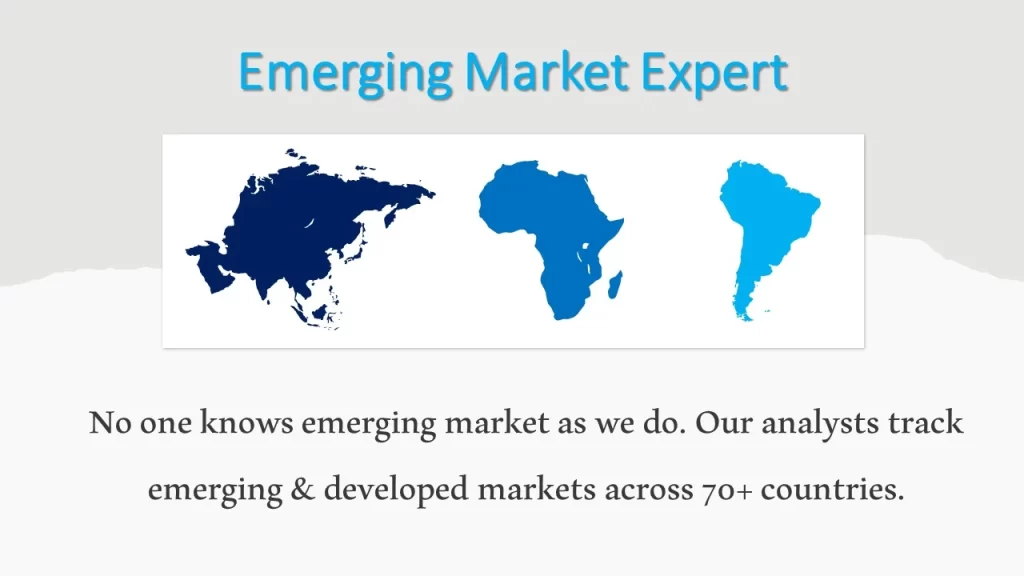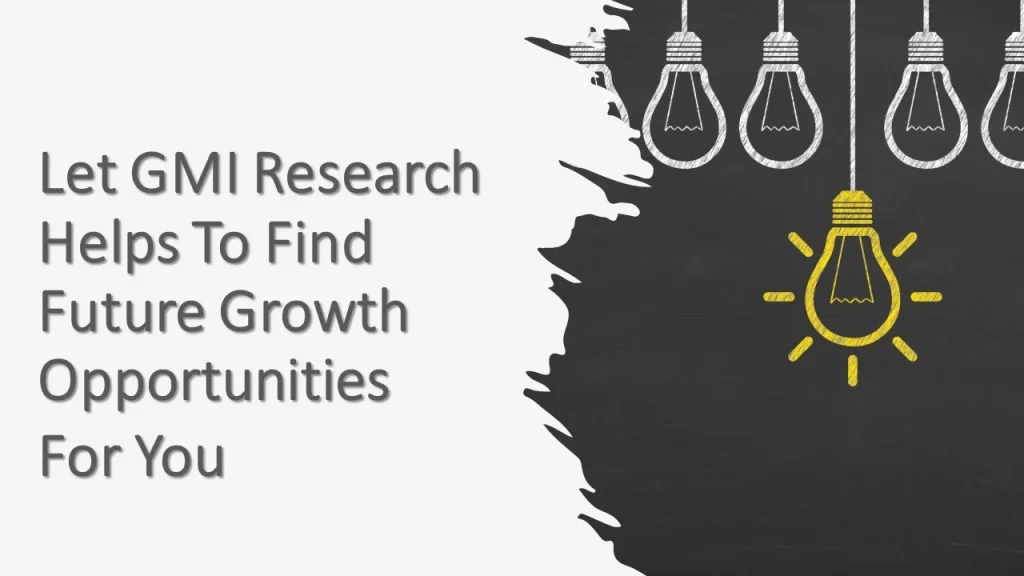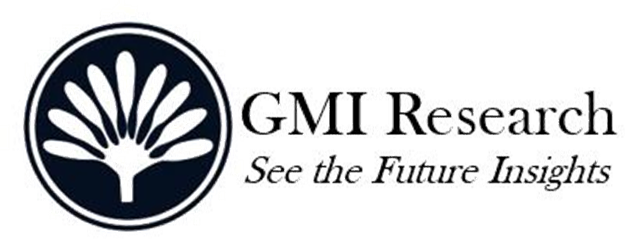Corrosion Inhibitors Market Size, Share, Trends and Growth Report – Global Opportunities & Forecast, 2024-2031
Corrosion Inhibitors Market size reached USD 8.5 billion in 2023 and is estimated to reach USD 11.6 billion in 2031 and the market is estimated to grow at a CAGR of 3.9% from 2024-2031.
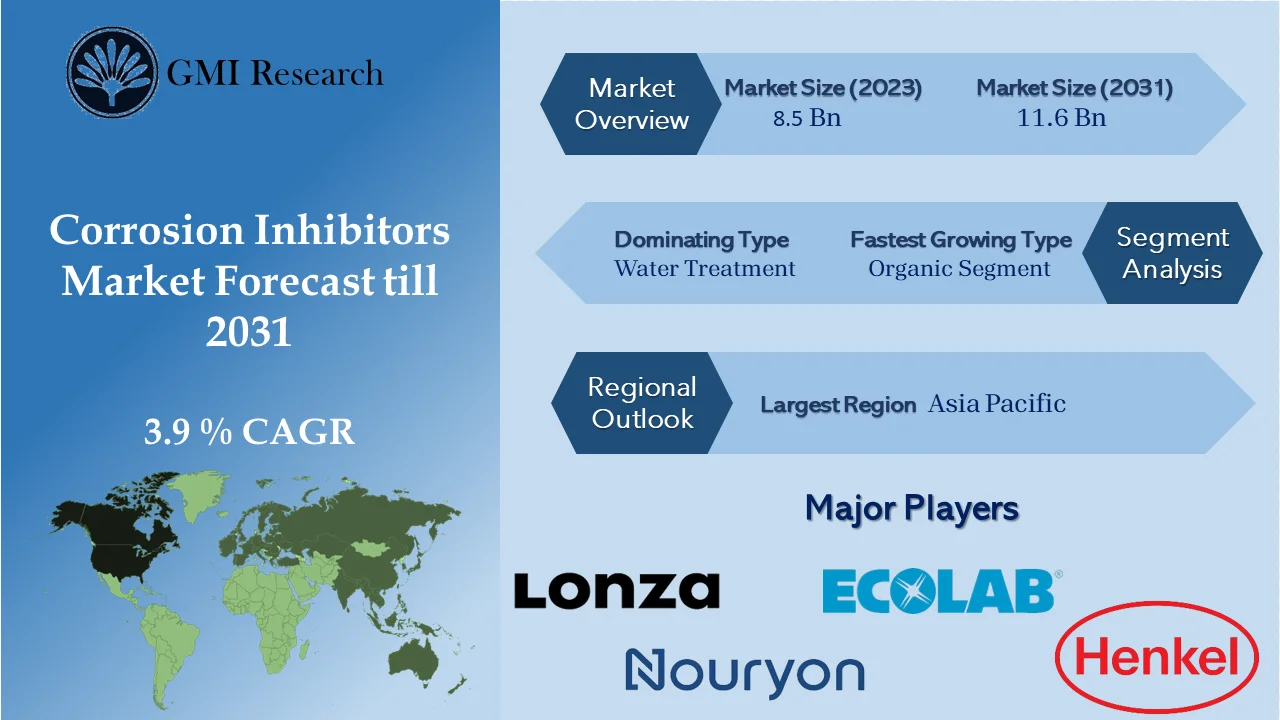
To have an edge over the competition by knowing the market dynamics and current trends of “Corrosion Inhibitors Market”, request for Sample Report here
Major Catalysts Market Drivers
The growth of global corrosion inhibitors market is primarily driven by growth in the oil and gas and automotive industries, an increase in disposable income, a rise in requirement for treated water in different end-use segments, and growth in industrialization in emerging countries. Freshwater resources constitute only 2.5% of the total global water resources, posing a significant challenge in supplying water for industrial and domestic use. The increasing difference between water demand and supply emphasizes the need for efficient recycling, achievable through proper treatment processes. Corrosion inhibitor market is witnessing rapid growth in water treatment sectors globally. Industrial producers, being the largest consumers of corrosion inhibitors, are actively searching for more effective inhibitors to decrease equipment repair downtime. The growing demand for corrosion inhibitors in different industries such as chemical processing, metals, petroleum, oil & gas, and pulp & paper especially in emerging countries, has increased. Cool water is predicted to be the largest segment for corrosion inhibitors in water treatment procedures, preventing metal machinery from the effects of water flow.
In addition, the anticipated infrastructural development in economies like South Korea, India, China, and Brazil is predicted to drive industrial activities and contribute to the economic growth of these countries. The growth in infrastructure, particularly in electricity, construction sectors, clean water, transportation, and fuel, is predicted to foster the market for corrosion inhibitors in the coming years. Global infrastructure spending is projected to reach USD 94 trillion by 2040, with an additional USD 3.4 trillion required to achieve the United Nations’ Sustainable Development Goals for electricity and water, as stated by Oxford Economies.
Countries across the Asia Pacific, including India, Malaysia, Vietnam, Thailand, the Philippines, China, and Indonesia, are likely to be among the fastest growing in terms of infrastructure investment, as anticipated by an Oxford Economics study. This trend has contributed to the growing usage of industrial water in emerging countries. The surge in infrastructure development presents an opportunity for producers to provide a variety of corrosion inhibitors personalized to precise applications, ensuring an effective shield against corrosion.
Meanwhile, the growing usage of corrosion-resistant alloys predicts a limitation on market revenue growth. These alloys are intentionally designed utilizing elements inherently resistant to corrosion in different environments. Comprising two or more metals, they are often united with non-metal, and they are often linked with non-metal elements like sulfur and carbon. The mixture of different components leads to a material with exclusive properties that are not present in any separable element alone. The improved corrosion resistance of alloys can be accredited to the creation of a defensive layer on their surface. The protective coating functions as a barrier, preserving the alloy from the damaging effects of moisture and oxygen, which can cause corrosion in pure metals. In addition, this protective layer helps prevent electrolysis, another prevalent cause of metal degradation and wear, which could potentially limit the market growth in terms of revenue.
Whereas, NACE International reports that the oil and gas industry faces an annual corrosion cost of nearly USD 27 billion in the US individually. Employing corrosion-resistant materials extensively and implementing corrosion-related techniques has the potential to lower expenses. The use of corrosion inhibitors is one method to diminish or prevent metal corrosion. Moreover, insulating metals and alloys or slowing down corrosion arising from cathodic and anodic procedures serves as protection for them. Integrating corrosion inhibitors in these sectors not only reduces maintenance and repair expenditures but also extends equipment lifespan and decreases production losses attributed to corrosion. Therefore, corrosion inhibitors limit complete corrosion costs. In February 2019, progress was made on the National Strategic Project, particularly the Cirebon Power Unit 2, which can generate 1000 MW. It has reached 39% completion and is projected to start operating in February 2022. The rising number of oil & and gas and power generation projects is predicted to significantly foster the demand for organic corrosion inhibitors. Consequently, the growth in these segments is predicted to drive the organic corrosion inhibitors market size in the forecast period.
Do you want to know more about the Research process and detailed Methodology, Request Research Methodology of this report
By type, water-based segment is estimated to hold the largest market share in the corrosion inhibitor market
Water-based corrosion inhibitors constituted the majority share and were projected as the dominant type in the global corrosion inhibitor market. These inhibitors alter the properties of metal surfaces, diminishing their vulnerability to oxidation and the formation of corrosion. Water-based inhibitors are commonly marketed in concentrated form and are diluted with water for cost-effectiveness compared to many oil/solvent-based products. Different application methods, such as brush, spray, or immersion, are employed for the effective usage of these inhibitors. Water-based inhibitors offer a cleaner application experience and alleviate concerns connected to solvent fumes. Their effectiveness in safeguarding corrosion can extend over considerable periods, varying from weeks to months, delivered they are stored under suitable plant conditions and protected during shipping.
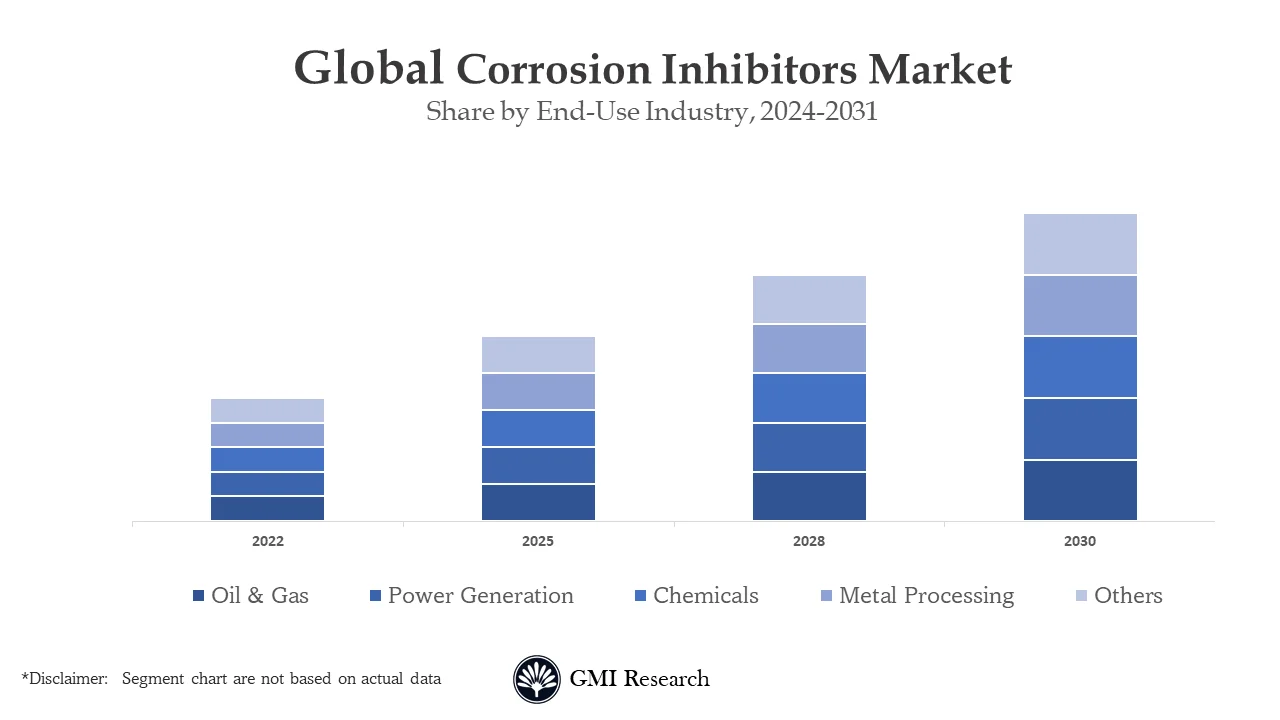
By end-use, oil & gas and refinery industry is expected to exhibit the largest market revenue share in the global corrosion inhibitors market
The oil & gas segment profoundly influences a country’s GDP given its economic significance and substantial scale. Within this industry, corrosion inhibitors are extensively used, specifically for routine functions involving equipment such as vessels, subsea, and pipeline equipment. These inhibitors are essentially productive in different applications including transportation and storage, refining and petrochemical, and exploration and production.
By compound, organic inhibitor market is estimated to hold the largest CAGR in corrosion inhibitors market
The organic inhibitor is predicted to witness the growth in global market of corrosion inhibitors. It is renowned for its effectiveness in a wide temperature variety, cost-effectiveness, good solubility with water, and compatibility, these compounds feature double bonds with nitrogen, sulfur atoms, and oxygen. The absorption process in organic inhibitors is driven by the discrete pair electrons of atoms, representing a hybrid of physical and chemical adsorption. The chemical structure, charge distribution, surface charge, nature, within the molecule, and the characteristics of aggressive media are essential in influencing and shaping the adsorption procedure of organic inhibitors.
In case, any of your pain points areas are not covered in the current scope of this report, Request for Free Customization here
By region, Asia Pacific region registered the largest market share in the global corrosion inhibitors market
The Asia Pacific regional market growth is attributed to the rise in industrialization in developing nations. Rapid industrialization increases the need for different end-use industries such as power generation. In emerging countries of the APAC region, developing metalworking and chemical industries are also predicted to lead the Asia Pacific corrosion inhibitors market growth. In addition, primary drivers include growing environmental concerns, a rise in numbers of population, and an increase in industrial growth are propelling the need for water treatment chemicals across the Asia Pacific region are smoothly fostering the corrosion inhibitors market growth.
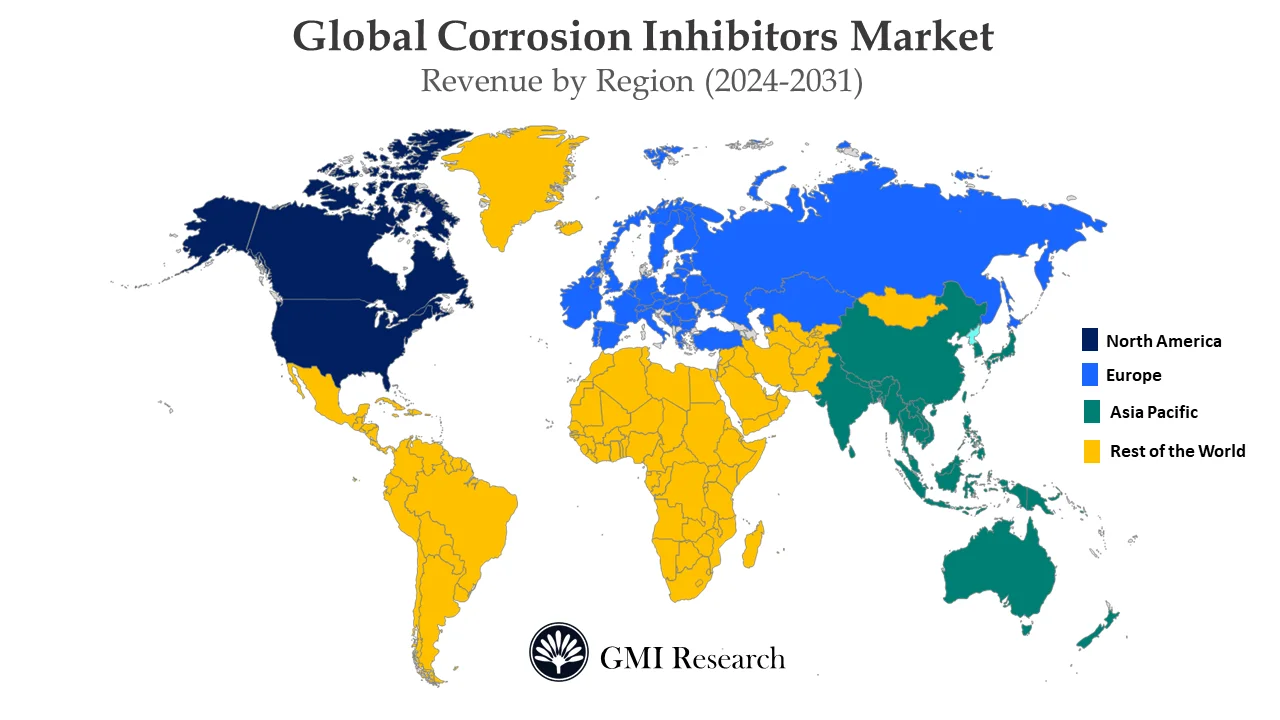
Top Market Players
Various notable players operating in the market include Solenis, Nouryon, Baker Hughes Company, Ecolab, BASF SE, SUEZ Water Technologies & Solutions, DOW Chemical Company, Lubrizol Corporation, Lanxess, Henkel Corporation among others.
Key Developments:
-
- In 2021, BASF SE launched an innovative and new variety of corrosion inhibitors for the industry of oil & gas to deliver durable shield against corrosion in harsh surroundings.
- In 2020, Ecolab Inc. joined hands with Microsoft Corporation to enhance the digital solutions for the industry of oil & gas.
- In 2020, Solvay SA successfully acquired European Carbon Fiber GmbH to focus on extending Solvay’s product offerings in industries such as aerospace and automotive, where corrosion resistance is essential.
- In 2020, AkzoNobel N.V. introduced an innovative variety of corrosion inhibitors for the industry of marine to deliver durable prevention against corrosion in adverse environments.
- In 2020, Cortec Corporation introduced a new variety of sustainable corrosion inhibitors which are derived from renewable resources for the industry of packaging to deliver effective precautions against metal packaging.
- In 2019, Nouryon will double capacity at its surfactants plant in Stenungsund, Sweden, to support the growth of several existing products. These include Armohib CI-5150, a corrosion inhibitor that meets the industry’s most stringent environmental requirements.
- In 2019, BASF SE decided to merge its paper wet-end and water chemicals business with Solenis. Also, the combined business is expected to operate under the Solenis name and offer increased sales, service, and production capabilities all over the globe.
Segments Covered in the Report:
The global Corrosion Inhibitors market has been segmented on the basis of Compound, Applications, Type, End-Use Industry and regions. Based on Compound, the market is segmented into Organic corrosion inhibitors and Inorganic corrosion inhibitors. Based on Applications, the market is segmented into Water Treatment, Process and Product Additives and Oil & Gas Production. Based on Type, the market is segmented into Water-based, Corrosion Inhibitors, Oil-based Corrosion Inhibitors and Volatile Corrosion Inhibitors. Based on End-Use Industry the market is Oil & gas, Power generation, Chemicals, Metals processing, Pulp & paper and Others (food & beverage, pharmaceuticals, hydrometallurgy, construction, automotive, aerospace).
For detailed scope of the “Corrosion Inhibitors Market” report request a Sample Copy of the report
|
Report Coverage |
Details |
| Market Revenues (2023) |
USD 8.5 billion |
| Market Base Year |
2023 |
| Market Forecast Period |
2024-2031 |
| Base Year & Forecast Units |
Revenues (USD Million) |
| Market Segment | By Compound, By Applications, By Type, By End-Use Industry, By Region |
| Regional Coverage | Asia Pacific, Europe, North America, and RoW |
| Companies Profiled | Solenis, Nouryon, Baker Hughes Company, Ecolab, BASF SE, SUEZ Water Technologies & Solutions, DOW Chemical Company, Lubrizol Corporation, Lanxess, Henkel Corporation among others; a total of 10 companies covered. |
| 25% Free Customization Available | We will customize this report up to 25% as a free customization to address our client’s specific requirements |
Market Segmentation
Global Corrosion Inhibitors Market by Compound
-
- Organic corrosion inhibitors
- Inorganic corrosion inhibitors
Global Corrosion Inhibitors Market by Applications
-
- Water Treatment
- Process and Product Additives
- Oil & Gas Production
Global Corrosion Inhibitors Market by Type
-
- Water-based Corrosion Inhibitors
- Oil-based Corrosion Inhibitors
- Volatile Corrosion Inhibitors
Global Corrosion Inhibitors Market by End-Use Industry
-
- Oil & gas
- Power generation
- Chemicals
- Metals processing
- Pulp & paper
- Others (food & beverage, pharmaceuticals, hydrometallurgy, construction, automotive, aerospace)
Global Corrosion Inhibitors Market by Region
-
-
North America Corrosion Inhibitors Market (Option 1: As a part of the free 25% customization)
- By Compound
- By Applications
- By Type
- By End-Use Industry
- US Market All-Up
- Canada Market All-Up
-
Europe Corrosion Inhibitors Market (Option 2: As a part of the free 25% customization)
- By Compound
- By Applications
- By Type
- By End-Use Industry
- UK Market All-Up
- Germany Market All-Up
- France Market All-Up
- Spain Market All-Up
- Rest of Europe Market All-Up
-
Asia-Pacific Corrosion Inhibitors Market (Option 3: As a part of the free 25% customization)
- By Compound
- By Applications
- By Type
- By End-Use Industry
- China Market All-Up
- India Market All-Up
- Japan Market All-Up
- Rest of APAC Market All-Up
-
RoW Corrosion Inhibitors Market (Option 4: As a part of the free 25% customization)
- By Compound
- By Applications
- By Type
- By End-Use Industry
- Brazil Market All-Up
- South Africa Market All-Up
- Saudi Arabia Market All-Up
- UAE Market All-Up
- Rest of world (remaining countries of the LAMEA region) Market All-Up
-
Major Players Operating in the Corrosion Inhibitors (Option 5: As a part of the Free 25% Customization – Profiles of 5 Additional Companies of your Choice)
-
- Solenis
- Nouryon
- Baker Hughes Company
- Ecolab
- BASF SE
- SUEZ Water Technologies & Solutions
- DOW Chemical Company
- Lubrizol Corporation
- Lanxess
- Henkel Corporation
Frequently Asked Question About This Report
Corrosion Inhibitors Market [UP2226-001001]
The increasing demand for corrosion inhibitor from various end-use sectors and stringent regulatory and sustainability mandates concerning the environment are the key factors driving the growth of corrosion inhibitors market.
The Asia-Pacific region is projected to dominate the market during the forecast period. The market growth can be attributed owing to rapid industrialization in the region, which has surged the demand from the power generation and other diverse end-use sectors as well.
The growth rate of Corrosion Inhibitors Market during forecast period is 3.9%
The Water Treatment segment is expected to grow at a higher CAGR during the forecast period. This segment is forecasted to be the fastest-growing application of the corrosion inhibitor market as water is used at commercial, residential, and industrial levels.
Related Reports
- Published Date: Feb- 2024
- Report Format: Excel/PPT
- Report Code: UP2226-001001
Licensing Options
Single-User License:
The report is used by the purchaser (One Individual) only
Multi-User License:Report is shared with maximum 5 users (employees) including the purchaser of the purchasing corporation only
Corporate License:
Report is shared with unlimited user (employees) of the purchasing corporation only
The report is used by the purchaser (One Individual) only
Multi-User License:Report is shared with maximum 5 users (employees) including the purchaser of the purchasing corporation only
Corporate License:
Report is shared with unlimited user (employees) of the purchasing corporation only
Corrosion Inhibitors Market Size, Share, Trends and Growth Report – Global Opportunities & Forecast, 2024-2031
$ 5,499.00 – $ 6,649.00
Why GMI Research
